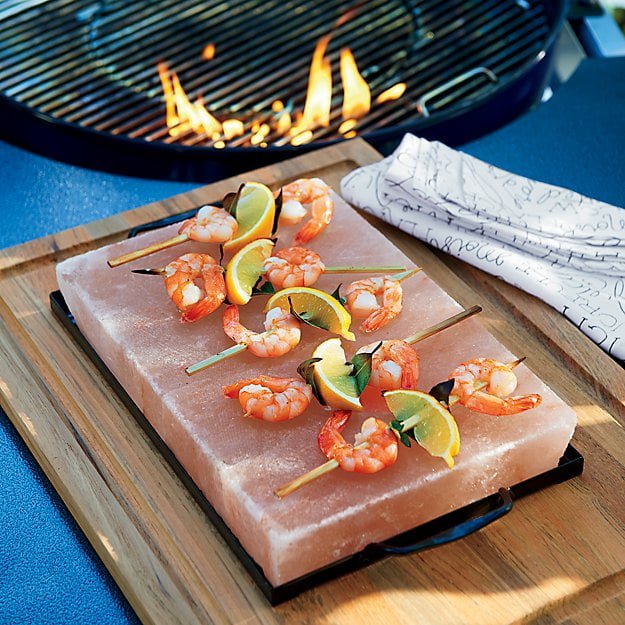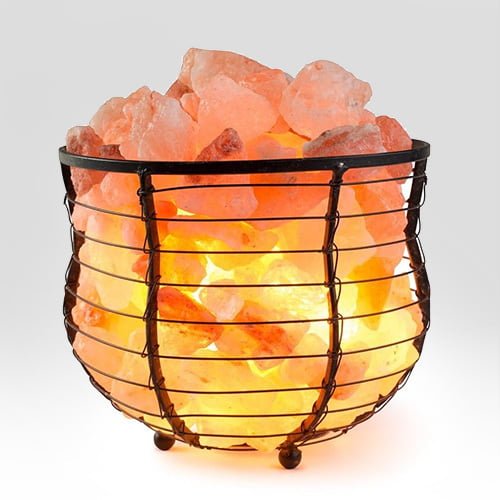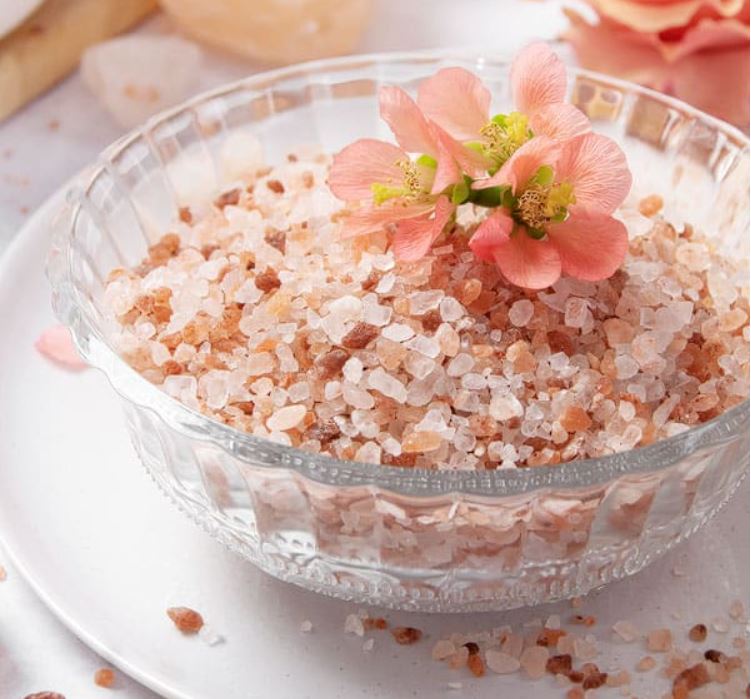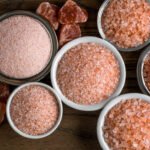The Functions of Salt in Dyeing Fabrics?

Functions of salt in dyeing fabrics have been one of the most important uses of vacuum and rock salt. Salt is an ingredient that is used in textile industries a lot. Dyeing is a common practice and this procedure is done all around the world. But why exactly is salt used in it? You might have wondered about it and never found out what is the actual reason behind it. Well! A common belief is that salt makes the color of the fabric long-lasting but reading the above article will tell you more about it.
Here are the details about salt for dyeing fabric that you must know about.
The logic that Goes Behind
For salt being used in the industry of textile, there are some logics that you need to understand. The substrate and Dye molecule of the textile should not have a homogenous composition and characteristics, if they have then they will combine. To prevent the following conditions and to dye the color on the fabric, we need a catalyst to dye the color efficiently and properly on the fabric. Salt acts as a catalyst that speeds up the reaction. Salt has a very high affinity to water.
Table of Contents
Overall, salt is crucial in 3 ways.
- First of all, in order to dive the dye deep into the fabric, we need salt.
- Secondly, the dye’s molecules are led to maximum exhaustion while you are dying a fabric.
- At last, salt acts as an electrolyte in the dyeing process for migration, adsorption, and fixation of the dyestuff to the cellulose material.
Functions that Salt Plays During the Dying Process
Here are some of the functions of salt that you must know about in the dying process of fabric.
- When reactive dyeing is under process, the salt increases the affinity of the dye towards the Cellulosic substrate.
- The reactive dyestuff’s exhaustion rate gets increased with the help of salt.
- Inorganic salt is needed to be added when you are using reactive dyestuffs in order to accelerate absorption because reactive dyestuff has a lower affinity.
- The most recently developed high-fixation dyestuffs with improved affinity allow the amount of inorganic salt to be reduced because the amount of inorganic salt used varies according to the type of dyestuff used.
Because there are variations in the prices of various salts, the most common salt used is table salt which is known as Sodium Chloride. This is effective because of the presence of an active sodium cation. That is a positively charged ion. Hence the functions of salt in dyeing fabrics have been underreported for decades.
Functions of salt (Reactive Dyeing)
As the term reactive dyeing is mentioned above, you might want to know what it is. Here is all that you need to know about reactive dyeing.
The affinity of the dyestuff towards the fiber is improved and acceleration of the dyestuff’s association and lowering its solubility is also improved by salt as it plays an important role in doing so. Randomly, the normal common or table salt is used to do so. Chlorine is present in the salt which is a negatively charged ion, which might cause the corrosion of the equipment you are using. So, either you have to prevent using metals and use plastic containers or glass containers. Or else you will have to use a different type of salt.
Sodium Sulfate which is also known as Glauber’s salt is preferred over the common salt. Its composition is Na2SO4.10H2O. it does not corrode the container no matter what container you are using. It is a white or sometimes a colorless powder and appears like crystals. When it is exposed to dry air, it effloresces and forms powdery anhydrous sodium sulfate. It got discovered from the hot springs water. Its taste is very much bitter and salty in taste. Most of the times people use it in laxatives and dyeing as well. For sodium chloride, the common name mostly used is vacuum salt.
Role of Inorganic Salt in Reactive Dyeing
There are 2 main functions in exhaustion dyeing with reactive dyestuffs of the inorganic salt.
- The affinity of the dyestuff is improved.
- Acceleration of the dyestuff’s association and lowering of its solubility.
Most of the times the reactive dyes contains sulphonic acid (-SO3H) group which is insoluble in water. When the process of manufacturing is taking place of the reactive dyes, the sulphonic acid groups are converted into the sodium salt of sulphonic acid (-SO3Na) which is soluble in water.
Reactive dye – SO3H + Na⁺ → Reactive dye SO3Na
Mechanism of Dyeing
The vegetable fibers in the actual dyeing process have cellulose that ionizes in the h20
Cell – OH — → Cell – O⁻ + H⁺
Meanwhile, the reactive dye goes into water and its soubise giving dye anions and sodium cations
Reactive dye
– SO3Na + Water — → Reactive dye – SO3⁻ + Na ⁺
……………………………………….(Dye anion) (Sodium cation)
When the dyeing procedure is going on, the negative ions of the dye and the cellulose will repel one another in the absence of the salt. Therefore, there will be no exhaustion or if there is, then it will be very little. But all in the presence of best salt for dyeing fabric.
Functions of salt (Ionization process)
NaCl — → Na ⁺ + Cl ⁻ (Common Salt)
Na2SO4 – → 2Na ⁺ + SO4 ⁻ (Glauber’s Salt)
The above-mentioned ionizing process is of both the common salt and the Glauber’s salt. So, the salt will neutralize and give off negative ions of the cellulose and facilitate the exhaustion process.
(Cell – O⁻ + H⁺ )+ (Na ⁺ + Cl ⁻ )– → Cell – ONa
Cell – ONa + SO3⁻ – Reactive dye – → Cell – O – Reactive
(Exhausted dye on the substrate)
So, the presence of salt in the reactive dyeing process of the textile or fabric increases the affinity of the dye to the substrate of cellulose. The fixation can be increased by exhausting the dye bath by adding Glauber’s salt before fixation because the reactive dyes have a low affinity for cellulose. The required amount of salt to produce the exhaustion will decrease with decreasing ratio of the liquor. Overall functions of salt in dyeing fabrics has not been highlighted enough.
Functions of salt in dyeing fabrics conclusion.
In closing, salt is what you need to catalyze the process of dyeing. If you want your dyed fabric to be long-lasting then salt should be used. The recommended salt to be used is Glauber’s salt.








